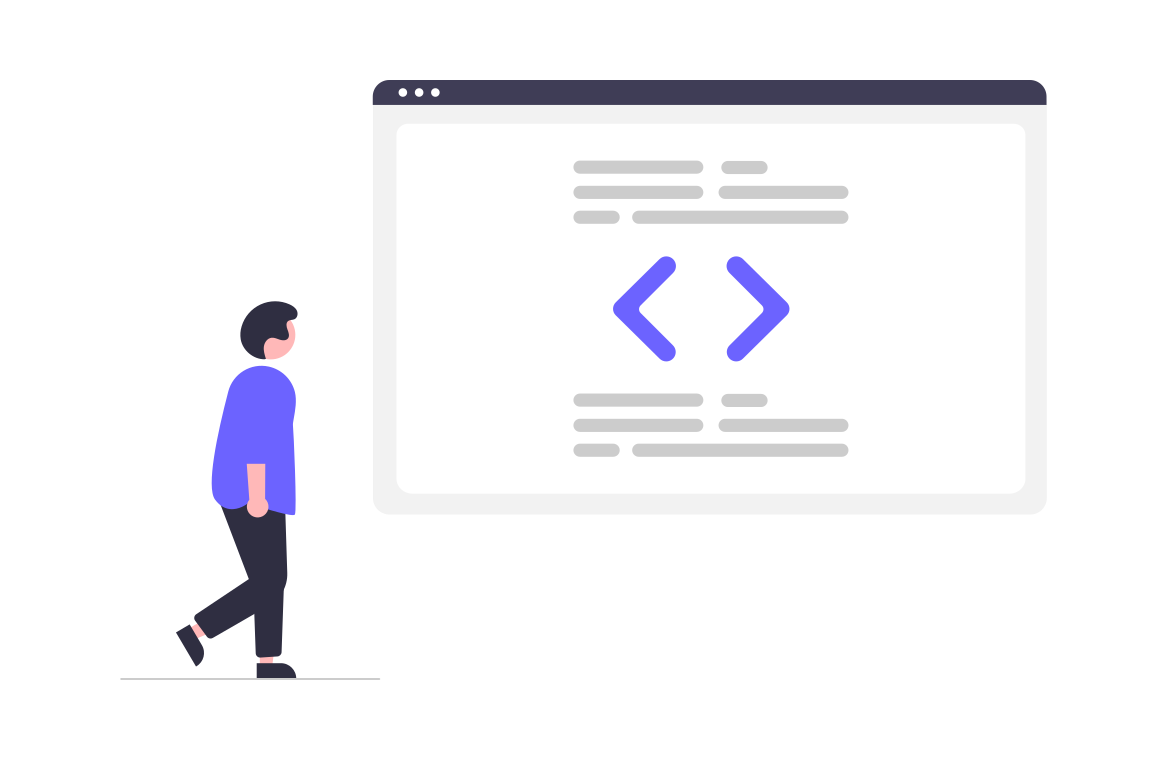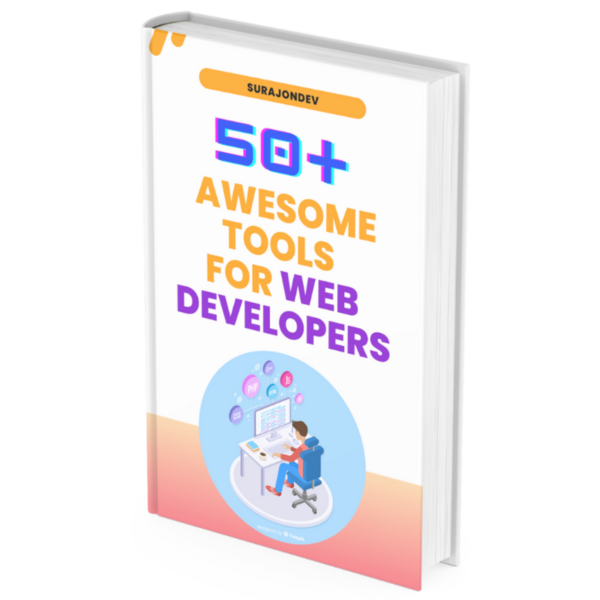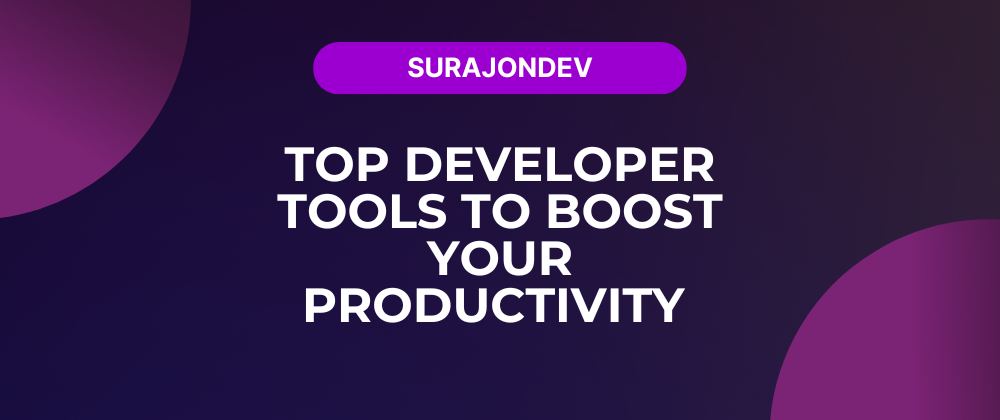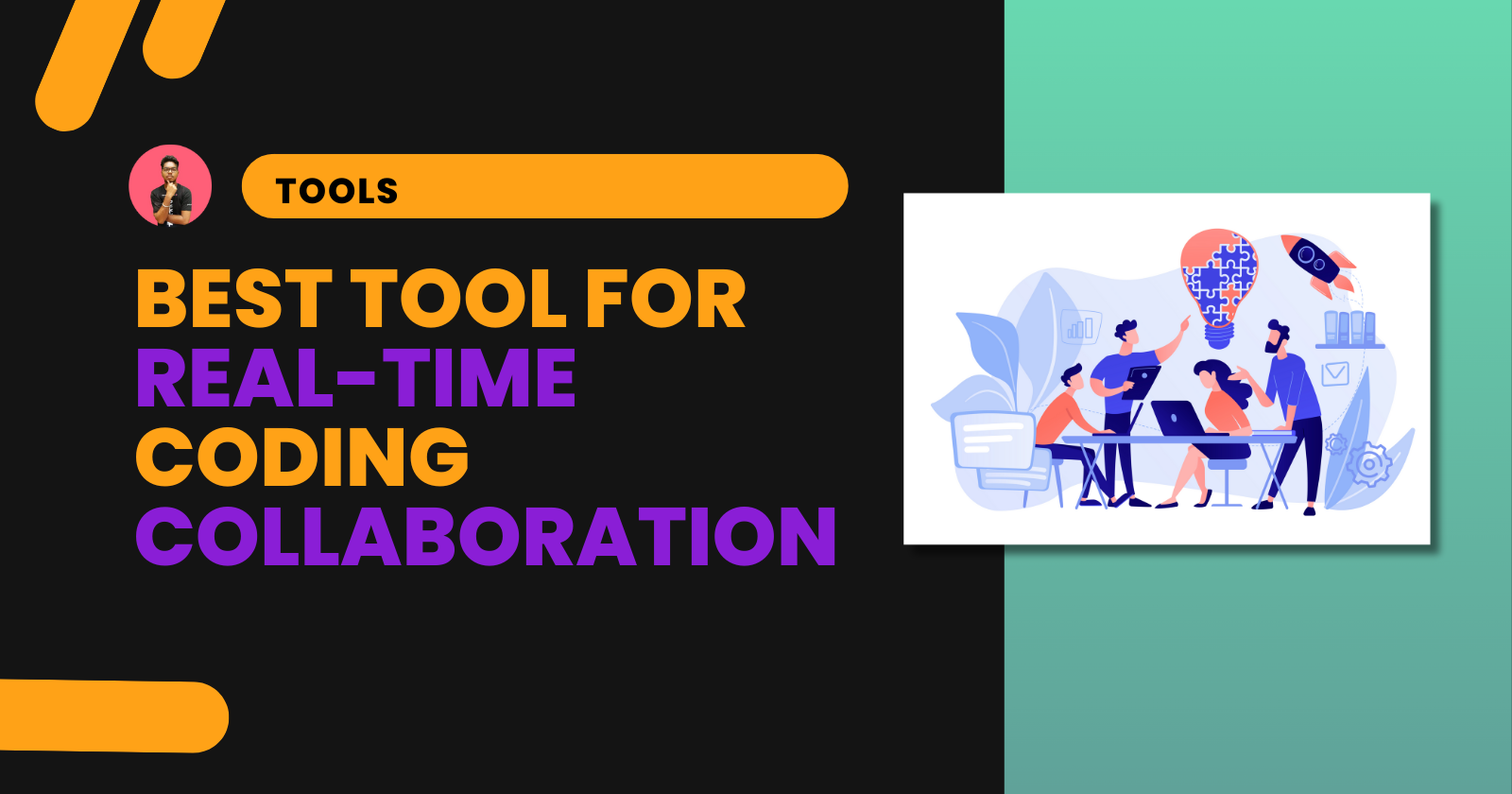Introduction
A few weeks ago, I had a realization: my actual coding time and active coding time had a significant 2-hour difference in a 4-hour work session. To improve my productivity, I identified blockers and took steps to minimize the gap, allowing me to build more and reduce time wasted on distractions. The larger the gap, the less productive my work becomes.
Software developers frequently encounter productivity challenges that can lead to decreased confidence, reduced coding time, and even burnout. These barriers also impact creativity and enthusiasm for building software.
According to this week’s average global coding time on CodeTime, around 45% of coding time is passive rather than active. This inefficiency leads to wasted time and resources for both teams and organizations.
The root of this problem lies in inefficient workflows and how developers allocate their time.
This article explores common obstacles that hinder developer productivity, delay projects, and frustrate both individual developers and engineering teams. By identifying these challenges, you can take proactive steps to address them and enhance your efficiency.
Let’s dive in.
1. Meetings

Inefficient meetings are a significant factor that reduces productivity for developers and other stakeholders. Coding requires deep focus, and it takes approximately 30 minutes to enter a state of deep work. Frequent meetings disrupt this focus, forcing developers to regain concentration repeatedly.
Additionally, short meetings often extend beyond their scheduled time, further reducing available coding hours. Unnecessary attendance in meetings where a developer’s expertise is not required further wastes valuable time.
Solution:
- Minimize meetings and only involve necessary participants.
- Use asynchronous communication tools like Slack, email, or project management platforms.
- Establish clear agendas to keep meetings brief and efficient.
2. Technical Debt

Technical debt, or the “fix it later” approach, refers to the accumulation of suboptimal code due to shortcuts taken during development. While this may help meet short-term deadlines, it eventually leads to inefficiencies and maintenance challenges.
Impact of Technical Debt:
- Bottleneck in Code Reviews: Increased time spent reviewing poor-quality code.
- More Bugs: Hidden and overlooked errors lead to unstable software.
- Reduced Code Quality: Disorganized, complex, and undocumented code makes future modifications difficult.
Solution:
- Implement code refactoring as a regular practice.
- Allocate dedicated time for addressing technical debt.
- Follow best coding practices from the start.
3. Slow Code Reviews

Code reviews are essential for maintaining quality, but slow or inefficient review processes delay development. Developers often submit pull requests (PRs) and wait extended periods for feedback, leading to context switching and reduced focus.
Solution:
- Set clear review timelines to avoid bottlenecks.
- Automate checks using CI/CD pipelines.
- Provide concise and actionable feedback to speed up revisions.
4. Micromanagement

Micromanagement occurs when managers closely control a developer’s workflow, limiting autonomy and creativity. This can lead to demotivation, slower decision-making, and decreased productivity.
Solution:
- Encourage autonomy by trusting developers to make technical decisions.
- Focus on outcomes rather than micromanaging processes.
- Foster a culture of accountability and ownership.
5. Burnout

Constant pressure to meet deadlines and work on complex projects can lead to developer burnout, affecting focus, problem-solving abilities, and overall productivity.
Solution:
- Encourage regular breaks and work-life balance.
- Provide realistic timelines and expectations.
- Promote a healthy work environment with mental well-being support.
6. Poor Documentation

Lack of proper documentation slows development as developers spend unnecessary time understanding codebases, workflows, and processes. Poor documentation also complicates onboarding for new team members.
Solution:
- Maintain up-to-date and comprehensive documentation.
- Use tools like Notion or Confluence for organized documentation.
- Encourage documentation as a part of the development workflow.
7. Unrealistic Deadlines

Setting overly ambitious deadlines increases stress and decreases code quality, often leading to technical debt and burnout.
Solution:
- Set realistic and achievable deadlines.
- Involve developers in the estimation process.
- Prioritize quality over speed to avoid rework.
Conclusion
Several factors can hinder a developer’s productivity, including unnecessary meetings, technical debt, slow code reviews, micromanagement, burnout, poor documentation, and unrealistic deadlines.
By addressing these challenges, teams can create a productive, creative, and efficient development environment while maintaining work-life balance.
Recommended Productivity Tools:
- FocusGuard – A Chrome extension to block distractions and improve focus.
- Code Time – A VS Code extension to track coding activity.
- JavaScript Booster – A VS Code extension for JavaScript code refactoring.
- Hatica – A platform for boosting developer productivity by identifying workflow bottlenecks and improving efficiency.
I hope this article helps you enhance your productivity and effectiveness as a developer.
Connect With Me
Let’s connect and stay informed on all things tech, innovation, and beyond! 🚀







